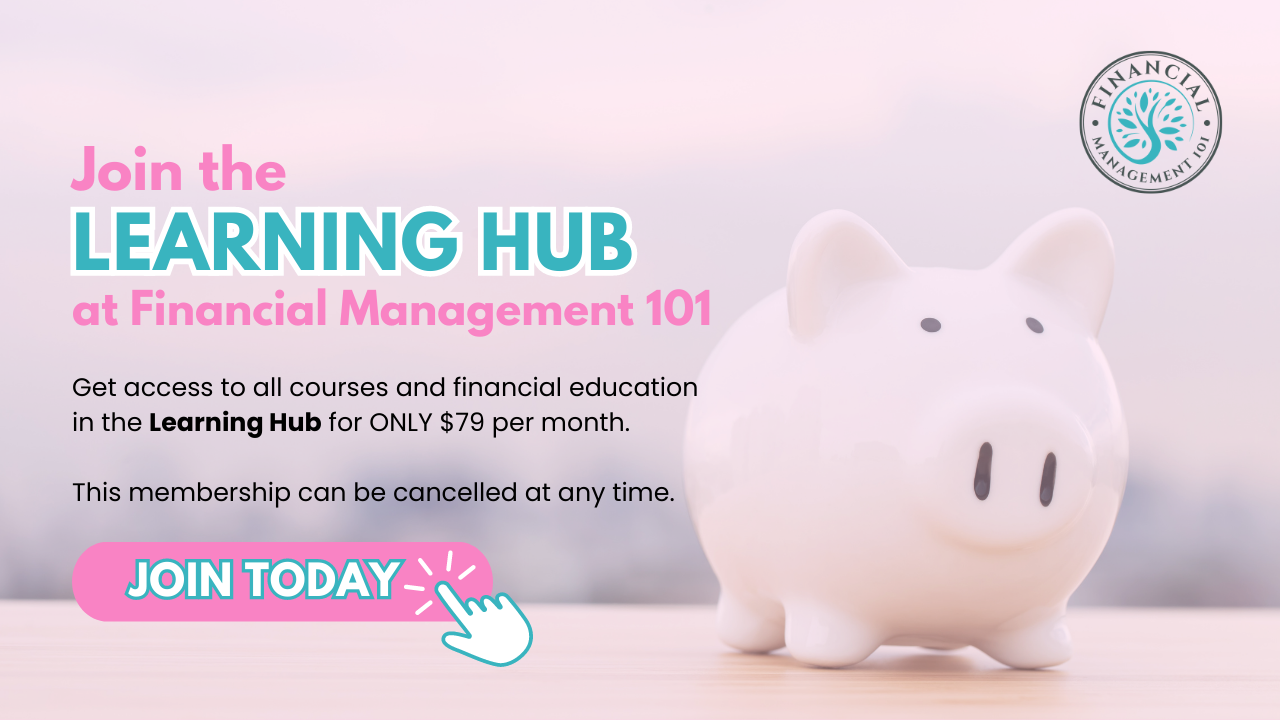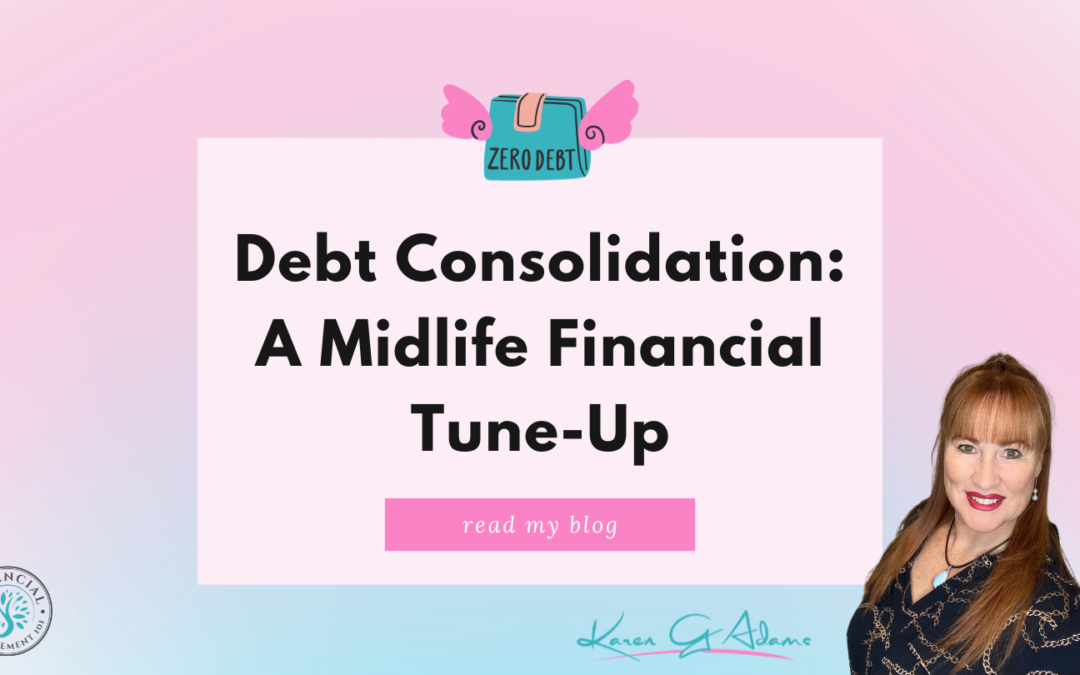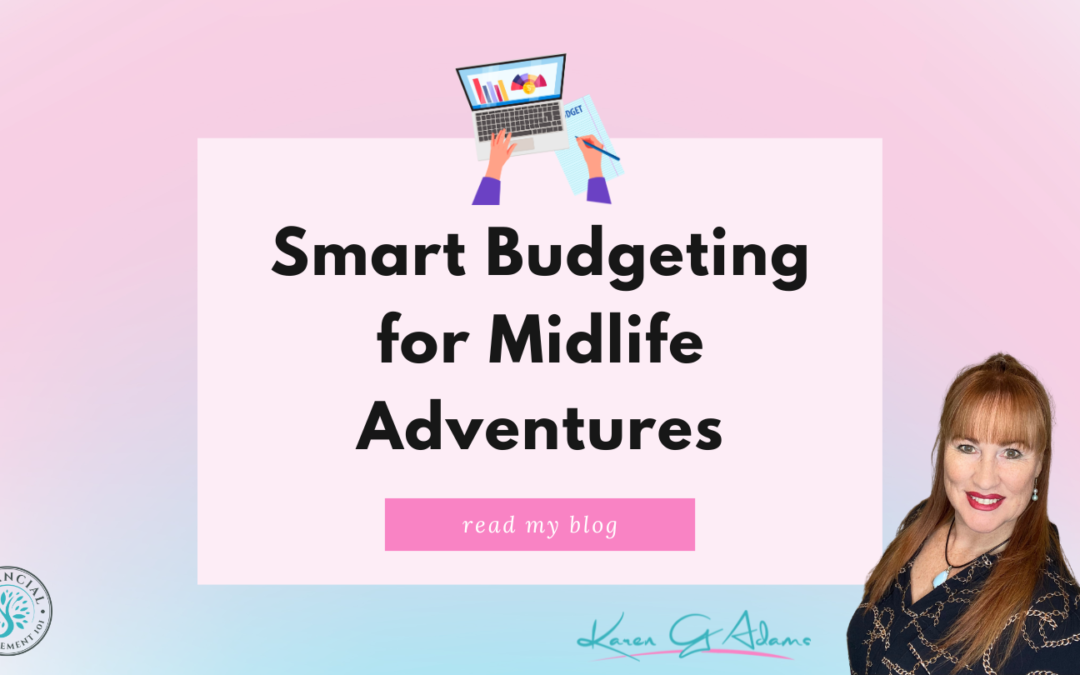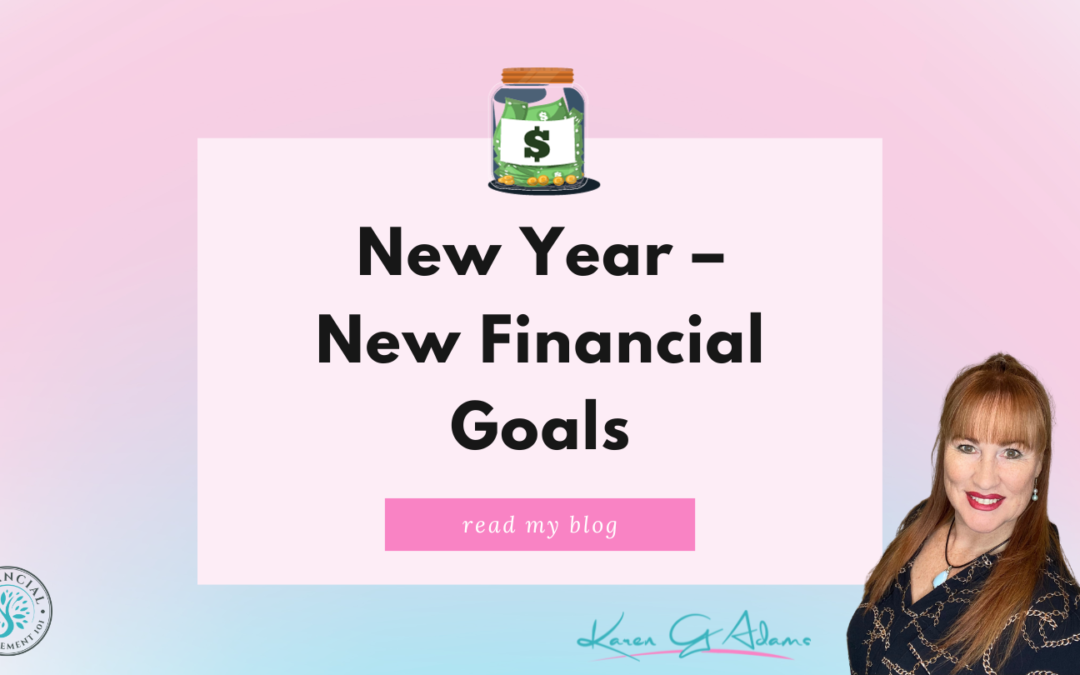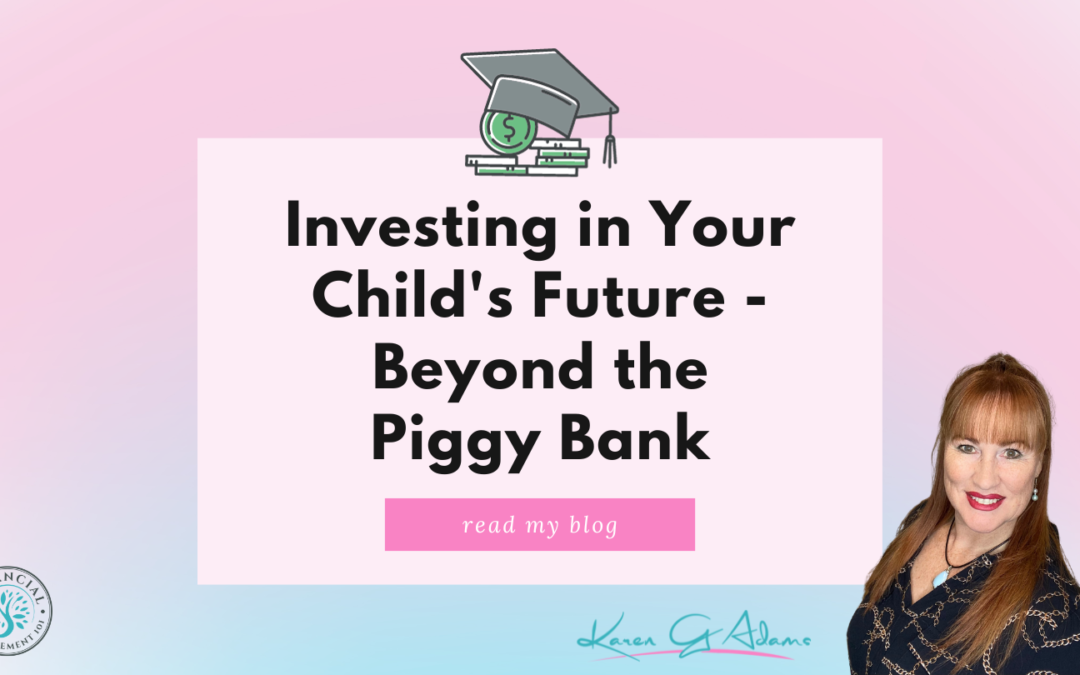
Investing in Your Child’s Future – Beyond the Piggy Bank
Investing in your child’s future is often a top priority for parents in their 35s to 50s. While the traditional piggy bank is an excellent way to teach children to save, there are more substantial ways to ensure their financial security and educational future.
1. START WITH A PLAN
Begin by outlining your goals for your child’s future. Is it a college fund, seed money for a business venture, or financial support for a creative pursuit? Having clear goals aids in selecting the best investment strategy.
2. EDUCATION SAVINGS ACCOUNT
Consider opening an education savings account; there are many options depending on where you live. These accounts, which are specifically designed for educational expenses, frequently offer tax advantages.
3. DIVERSIFY WITH MUTUAL FUNDS
Mutual funds can be a great way for parents to diversify their portfolio without having to pick individual stocks. They allow you to invest small amounts on a regular basis.
4. BONDS: A SAFER BET
Government and municipal bonds can be safer investment options. They can be a good choice if you prefer a low-risk path to grow your child’s future fund.
5. TEACH FINANCIAL LITERACY
Involving your children in age-appropriate financial discussions is invaluable. Teach them about money management, saving, and investing. This education is just as important as the financial investment you are making in their future.
6. CONSIDER REAL ESTATE INVESTMENTS
Real estate investing can provide long-term returns for those who are financially capable. This could be through purchasing a rental property or investing in a real estate investment trust. Ensure that you first seek financial advice if you are not experienced in property investing.
7. THE POWER OF A TRUST FUND
Setting up a trust fund for your child can provide financial security and is particularly useful for larger estates or specific family circumstances. It can also assist with tax planning. Seek financial and tax advice before setting up any trust to ensure it is suitable for your financial circumstances.
8. LIFE INSURANCE AS A FINANCIAL TOOL
A life insurance policy can be used to secure your child’s financial future in addition to providing protection. Some policies accumulate cash value over time, which can be used to fund your child’s education.
9. REGULAR REVIEWS AND ADJUSTMENTS
As with any investment, it is critical to review and adjust your strategies on a regular basis. This ensures that your investments are in sync with changing market conditions and educational costs.
10. INSTILLING THE VALUE OF MONEY
Encourage your child to save for the future, whether through part-time work or saving gifts. This instills a sense of responsibility and an appreciation for money.
Investing in your child’s future requires more than just financial commitment; it’s about making informed decisions, taking a diversified approach, and instilling in them the value of financial responsibility. It’s a journey that goes well beyond the piggy bank, setting the stage for a brighter, more secure future for your children.
For any of the above strategies, I would encourage you to seek out professional advice first to ensure it aligns with your values, goals, and financial position.
Remember, it starts with you. Learning about money can give you the power to make smart financial decisions and reduce money-related stress over time. That’s where the LEARNING HUB helps you gain more financial knowledge, while providing you with the support and help you need.



